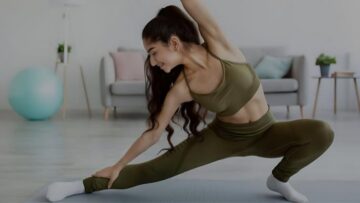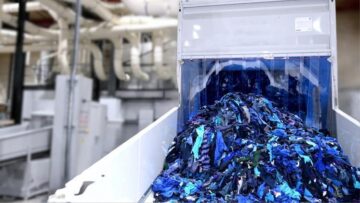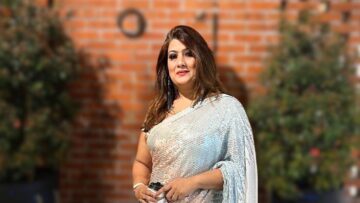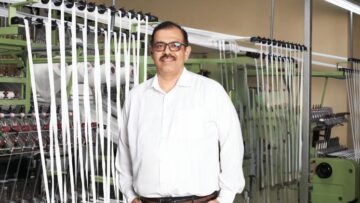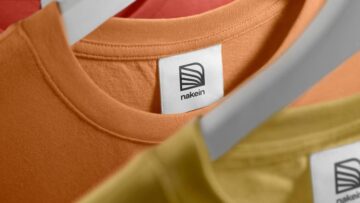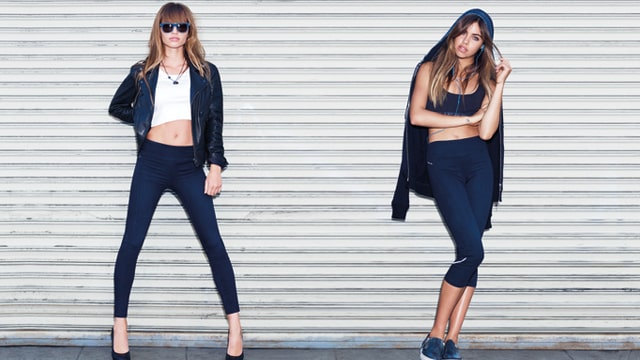
One of the most fascinating trends that took hold of the fashion consumer markets during the recent years is ‘athleisure’. A trend that evolved as ideas of wellness and healthy lifestyles merged with that of style and laid-back moods, propelled by Instagram celebrities whose fitness habits, vacations and everyday lives became public knowledge via social feeds, creating new aspirations and ideals among consumers.
The idea of a healthy, fit person at their optimal performance whether at work or play, became a mainstream goal, changing the way people looked at fitness and hence, activewear. Designers responded to this shift with the athleisure trend, fusing active with loungewear. This gave rise to the hybrid style that we are now so familiar with through social influencers and celebrities whose public appearances often gravitate around leisure and working on themselves, and masses of everyday people who also believe in a more balanced lifestyle where physical health and mental wellbeing are prioritised through activity and repose. With this, traditional activewear retailers began to see a major opportunity to expand their market from the athletes, dedicated gym-goers and hyper-fit individuals to pretty much anyone and everyone interested in looking good and feeling good. For fashion manufacturers, this shift translated to expanding their material variety, prints and colour choices along with incorporating silhouettes and accessories that were not associated with traditional activewear. Sri Lankan manufacturers whose well-known interest in tech and material innovation has always placed them among the best athletic and performance wear makers of the world with clients like Nike, Adidas, Speedo and Lululemon among many more. With the dawn of athleisure, Lankan manufacturers hurried to work in collaboration with their international client brands, in-house design teams and product engineers to shift the way they produce activewear.
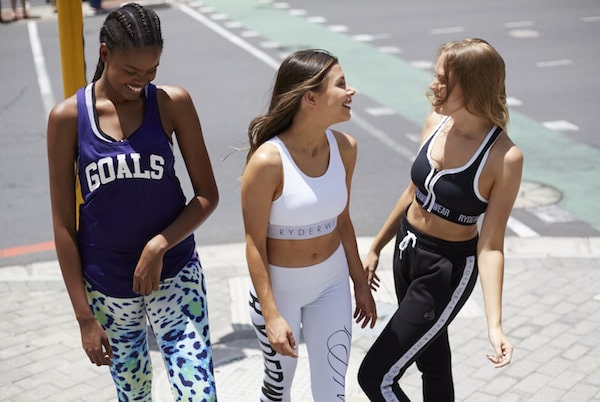
One of the biggest and best recognised Sri Lankan manufacturers of activewear—MAS Active joined the conversation with its Head of Design, Thishan Rambukwella. According to him, Lululemon was the brand that noticeably pioneered the trend among their clients, by introducing bright colours, floral prints and slightly relaxed silhouettes that really took off in the market. “After Lululemon’s success, the trend kind of trickled out to everyone in the market. All these brands are very clever and they catch up pretty fast. Adidas incorporated it soon after and Nike right after.” Rambukwella also commented on the distinct difference between that the MAS Active design teams noticed in the product development briefs where the previously sober colours and minimal details began to unravel into much more vivid expressions. “Before this trend, even the women’s wear were quite masculine streamlined with the idea of being competitive at sports and so on…mostly all blacks, greys, navy blues and whites were the usual colours with maybe the occasional red. If there were any prints at all, they were always geometric and minimal. Now, it’s completely different,” he said. Discussing the evolution of activewear in the future, Rambukwella said that “All major activewear brands are inherently interested in technology, in terms of material choices and performance enhancing details….and also aesthetics. Which leads us to design.” Rambukwella’s observations are on-point as mainstream athleisure trend seems to give way to the emerging move towards wearable tech and high performance designer wear.


